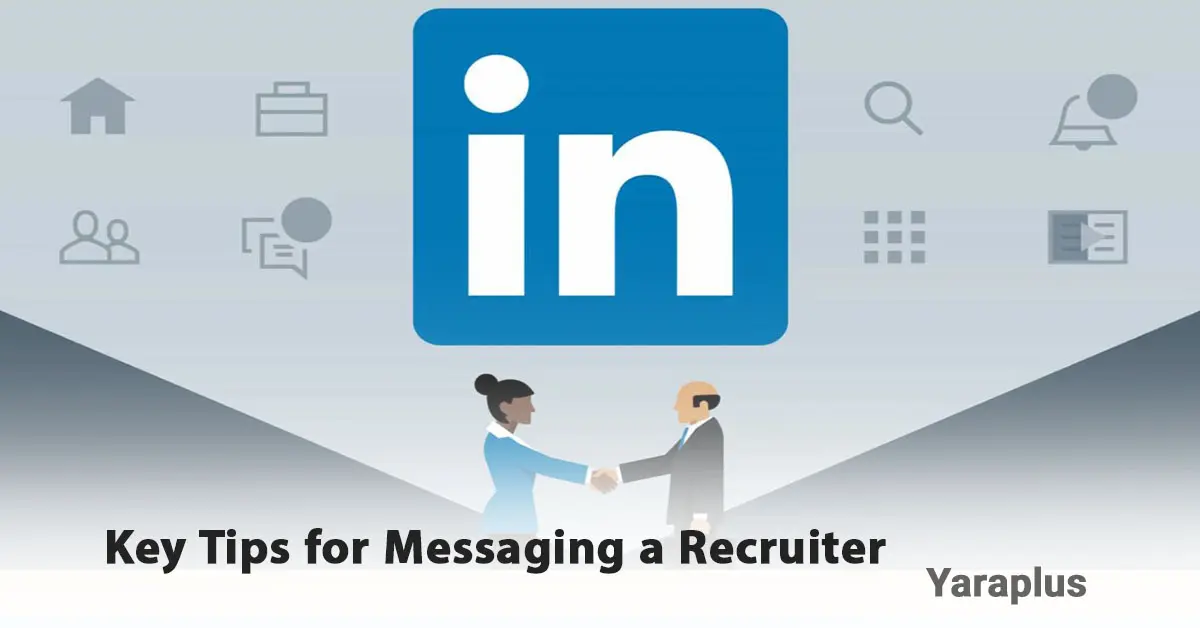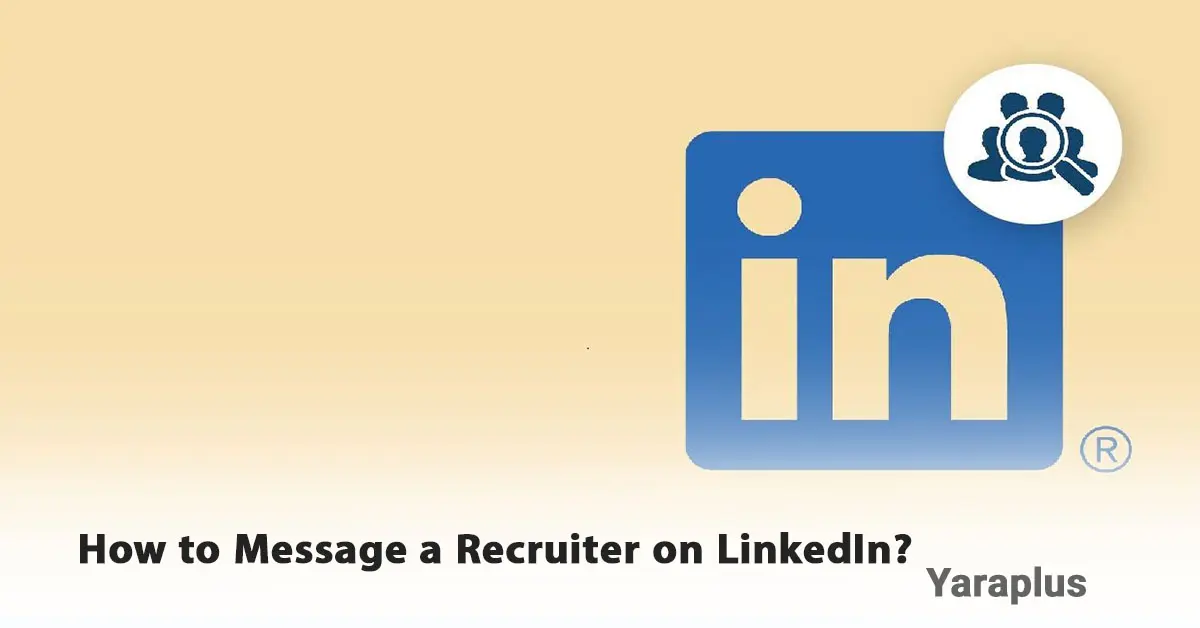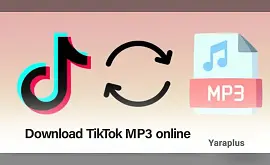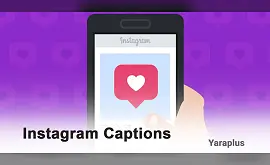How to Message a Recruiter on LinkedIn? (Without Being Ignored)
Table of contents
- How to Connect with Recruiters on LinkedIn?
- Why Should You Message a Recruiter?
- Key Tips for Messaging a Recruiter
- 1. Personalize Your Message
- 2. Introduce Yourself Briefly
- 3. State the Reason for Messaging
- 4. Make a Clear Request
- 5. Keep Your Message Short and Polite
- Best Time to Message a Recruiter
- Using InMail or Direct Message?
- Should You Attach Your Resume?
- How to reach out to recruiters on linkedin with message sample?
- Sample 1 – Inquiring About a Job Opportunity
- Sample 2 – General Outreach to a Recruiter
- Sample 3 – Following Up After Applying for a Job
- What to Do After Receiving a Response?
- Mistakes You Should Avoid
- 1. Sending Generic, Copy-Pasted Messages
- 2. Sending Long and Complicated Messages
- 3. Directly Asking for a Job Without Explanation
- 4. Sending Too Many Messages and Over-following Up
- 5. Having an Incomplete or Irrelevant Profile
- Additional Tips to Improve Your Chances of Getting a Response
LinkedIn is one of the best platforms for connecting with recruiters and discovering new job opportunities. However, messaging a recruiter on LinkedIn requires following certain guidelines to ensure that your message has a positive impact and yields the desired results. In this article from Yaraplus, we’ll explore how to craft a professional message to recruiters.
How to Connect with Recruiters on LinkedIn?
Before messaging a recruiter, you must first connect with them. Here’s how to do it:
1. Visit the profile of the person you want to connect with.
2. Click on "Connect" in the Introduction section.
3. In the pop-up window, click "Add a note."
4. Write a personalized message in the text box.
5. Click "Send invitation."
Connection requests are limited to 300 characters, so make every word count. Introduce yourself briefly and include a call to action (CTA), such as “Let’s connect.” There's no need to share extensive details about your background, as the recruiter can view this in your profile. See also: Buy LinkedIn Recommendations
Why Should You Message a Recruiter?
• Before sending a message, clarify your purpose. Common reasons for reaching out include:
• Inquiring about a specific job opportunity.
• Expressing interest in working with a company.
• Searching for new job opportunities.
• Building a professional network for the future.
Key Tips for Messaging a Recruiter

Did you know How to Add a Promotion on LinkedIn?
Here is the Best Way to Reach Out to Recruiters on LinkedIn;
1. Personalize Your Message
Avoid sending generic, copy-pasted messages. Mention the recruiter’s name and tailor your message to the job you're interested in.
2. Introduce Yourself Briefly
Start your message by introducing yourself, mentioning your name, field of work, and experience level. This will help the recruiter get to know you quickly.
3. State the Reason for Messaging
Make it clear why you’re reaching out. If you’re inquiring about a job, mention the job title.
4. Make a Clear Request
Rather than asking vague questions like “Do you have a job for me?”, ask a specific question like, “Could I get more information about this job opportunity?”
5. Keep Your Message Short and Polite
Recruiters receive many messages daily, so your message should be concise, professional, and engaging.
More info: How to Use the Open to Work on LinkedIn?
Best Time to Message a Recruiter
Optimal times: Weekdays (Monday to Thursday), between 10 AM and 3 PM.
Avoid weekends and holidays, as your message may be less likely to be seen.
Using InMail or Direct Message?
LinkedIn offers two methods for messaging recruiters:
Direct Message: If you’re already connected, you can message them directly.
InMail: If you’re not connected, you can use InMail (LinkedIn’s paid messaging feature), which is available for free with some premium LinkedIn accounts.
Should You Attach Your Resume?
Yes, if you’re inquiring about a specific job, attach your resume and briefly explain why you’re a good fit for the role.
No, avoid sending your resume without an explanation.
How to reach out to recruiters on linkedin with message sample?
Sample 1 – Inquiring About a Job Opportunity
Hi [Recruiter’s Name],
I’m [Your Name], with [X years of experience] in [Your Field]. I noticed the [Job Title] position at your company and am interested in learning more about this opportunity.
Could you please provide additional details about the role?
I look forward to your response. Thank you!
[Your Name]
Sample 2 – General Outreach to a Recruiter
Hi [Recruiter’s Name],
I’m [Your Name], and I work in [Your Field]. I’ve recently been exploring new job opportunities and noticed that you specialize in recruiting for [Job Title].
I’d love to discuss any available opportunities and would appreciate any guidance you can offer.
Thank you,
[Your Name]
Sample 3 – Following Up After Applying for a Job
Hi [Recruiter’s Name],
I hope you're doing well. I recently applied for the [Job Title] position at [Company Name] and wanted to follow up to see if there’s an opportunity to discuss how my skills and experience align with your team’s needs.
I’m still very interested in joining your team and am happy to provide any additional information if needed.
I look forward to hearing from you.
Thank you,
[Your Name]
[Your Contact Information]
What to Do After Receiving a Response?
How to connect with recruiters on LinkedIn after applying?
• Respond promptly and professionally.
• If the recruiter suggests a call or interview, propose a convenient time.
• If you’re not interested in the opportunity, politely let them know but maintain the connection for future opportunities.
Suggested: How to Convert Your LinkedIn Profile into a Resume?
Mistakes You Should Avoid
1. Sending Generic, Copy-Pasted Messages
Example: “Hi, do you have any job opportunities?”
Correct Approach: Personalize your message and clarify why you’re reaching out.
2. Sending Long and Complicated Messages
Mistake: Writing multiple paragraphs of personal information without a clear request.
Correct Approach: Keep the message concise and to the point.
3. Directly Asking for a Job Without Explanation
Mistake: “Hi, can you find a job for me?”
Correct Approach: Introduce yourself, explain your expertise, and ask for more information.
4. Sending Too Many Messages and Over-following Up
Mistake: “Hi, why haven’t you replied? I messaged a few days ago!”
Correct Approach: If you don’t get a response in 5-7 days, send a polite reminder message.
5. Having an Incomplete or Irrelevant Profile
Mistake: A LinkedIn -linkedin.com- profile with no relevant information.
Correct Approach: Complete your profile (professional photo, skills, work history, and education) before messaging.
Additional Tips to Improve Your Chances of Getting a Response
• Be Active: Share professional content on LinkedIn to show recruiters that you’re active in your field.
• Expand Your Network: Recruiters often prefer individuals introduced through mutual connections.
• Optimize Your Profile: Use relevant keywords in your profile title and description to improve visibility in searches.
Final Summary
• Send a professional, short, and personalized message.
• Avoid generic, long messages or unclear requests.
• Send a message at the right time and send a polite reminder if you don’t get a response.
• Keep your profile professional and up-to-date to increase your chances of getting a response.
By following these tips from Yaraplus, you can establish meaningful connections with recruiters and discover better job opportunities.
We suggest you read these articles as well
Frequently asked questions
1. Should I send a connection request before messaging?
It’s generally better to send a connection request first with a short message. This increases the likelihood of your request being accepted and receiving a response. If you’re sending a direct message, a connection request isn’t necessary.
2. Is it necessary to attach my resume in the first message?
No, it’s not essential. Provide a brief introduction and, if needed, send your resume in the second message or after receiving a response.
3. What if I don’t have much work experience?
Focus on your skills, education, and interests, and express your willingness to learn. Instead of highlighting limited experience, emphasize your enthusiasm, skills, and capabilities.
Submit an opinion



